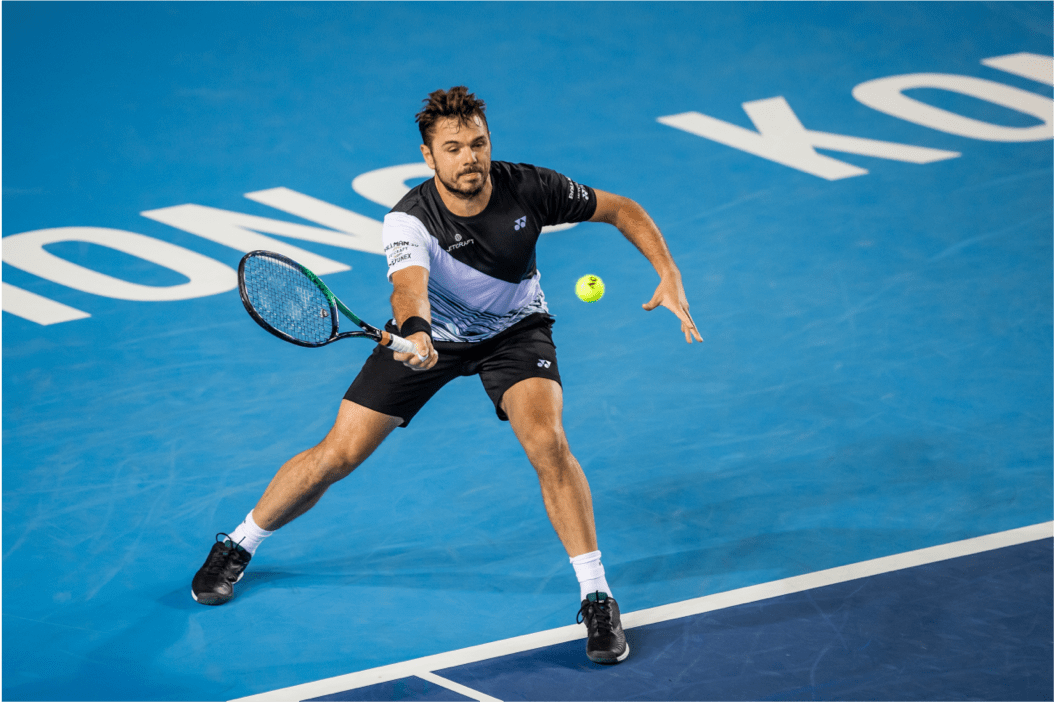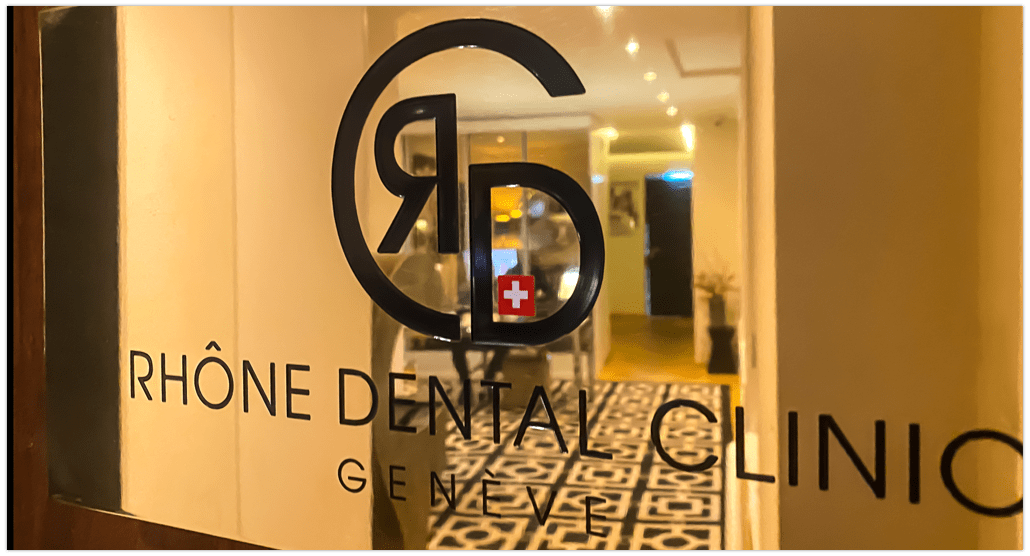Occlusodontology
Improved sports performance, prevention of tendonitis and muscular pain
Occlusodontology is surely the dental discipline that has evolved the least over the last 30 years. Does it really remain a subject, in the same way as prosthetics, endodontics or periodontology?
Different theories from different authors seem to coexist, making the search for its reality even more vague and opaque. However, this reality is revealed when prosthetic failures or unexplained clinical symptoms occur. Could there be several truths or simply a lack of understanding of its real nature ?
Contact our occlusodontists!
Our dental practice can adapt to the most demanding schedules and private requirements of each patient. We guarantee a strict punctuality and offer an emergency service in case of necessity.
What is occlusodontology ?
To understand occlusion, it is sufficient to study the different stages of its genesis :
1960 - 1970
The occlusal concept was purely dento-dental. The dental occlusion represented the interdental contacts between the maxillary and mandibular arches.
Since mandibular movements were related to the masticatory muscles, the neuro-muscular concept of occlusion emerged naturally.
From 1970 to 1978
The craniomandibular relationship, i.e. the skeletal bone framework, became an occlusal determinant.
The gnathological school brought by spoke of a centric relationship defined in a purely structural way (most posterior position of the condyle in the glenoid cavity).
It had already been realised that the dental arches belong to a skull.
From 1978 à 1980
The meniscus made its appearance with SLAVICEK, FARRAR, and CARDONNET.
The craniomandibular relationship integrated the meniscal alignment. This phase made it possible to better understand temporomandibular pathologies, known as meniscus-condyle pathologies, and to better treat them.
However, it was not understood why some patients triggered pathologies and others did not.
From 1980 onwards
A more holistic conception appeared with kinesiology (NAHMANI, MEERSMANN, and GELB). Other medical disciplines such as chiropractic and osteopathy demonstrated the interrelationship between the occlusion and the rest of the body.
Later, posturology provided a framework for interdisciplinary examination and diagnosis. The individual, considered as a system, becomes the main actor of his health and pathology through his experience and history.
We treat a system, and in this concept of systemic medicine, the symptom appears as a warning signal of a dysfunction of this system.
Think globally, act locally
This brief history shows that there are 3 levels of information and knowledge about occlusion, which can only be understood through these 3 polarised filters :
- General: the individual through his history and symptoms
- Regional: the cranio-mandibular relationship
- Local: the teeth
Any conception that is solely dental cannot apprehend occlusion. We thus find the thought of DUBOS.




